Birds of prey are under threat, learn how we’re working to protect them
As predators and scavengers, birds of prey are vital to balanced and healthy ecosystems. We have national and international responsibilities to safeguard them and try to bring them back to places from which they have been lost.
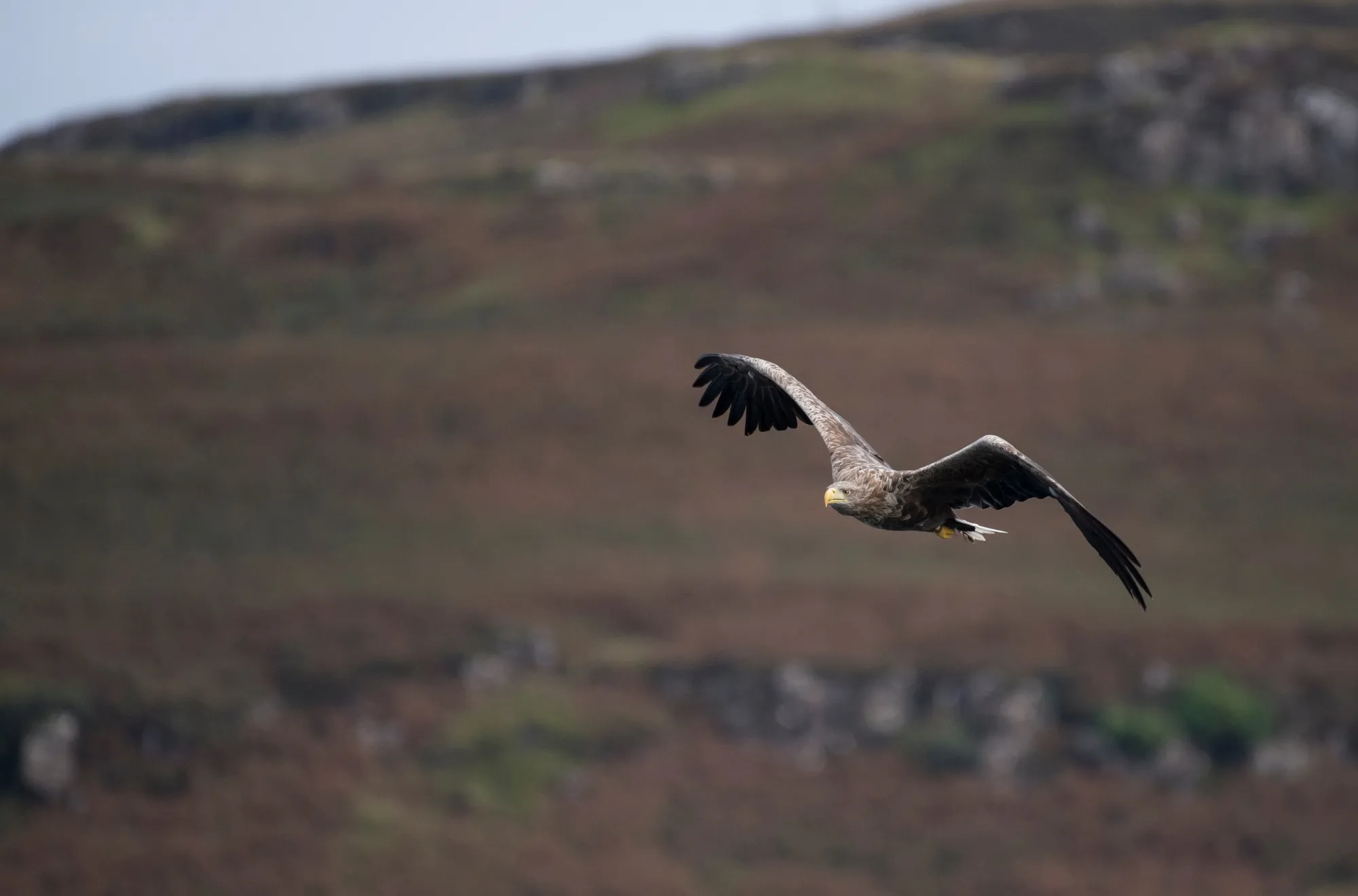
On this page
- Why the RSPB works to protect birds of prey
- Birds of prey are valuable indicators of the health of the environment
- Birds of prey bring economic benefits through tourism
- Current threats to birds of prey
- The history of bird of prey declines – a timeline
- The road to recovery
- The next steps in raptor conservation
Why the RSPB works to protect birds of prey
Bird of prey populations are at risk from a number of issues. These include:
- Illegal killing
- Egg collecting and nest disturbance
- The build-up of pesticides in the environment
- Habitat loss
- Collision with buildings or other man-made structures
Birds of prey are valuable indicators of the health of the environment
Birds of prey are an important part of their environment and can be a useful indicator of the health and condition of these areas. If populations are thriving, it usually means that there is plenty of food available and the rest of the food chain is healthy. During the 1950s and 1960s, the dramatic declines in numbers of Peregrines and other birds of prey highlighted the damaging impact of organochlorine pesticides.
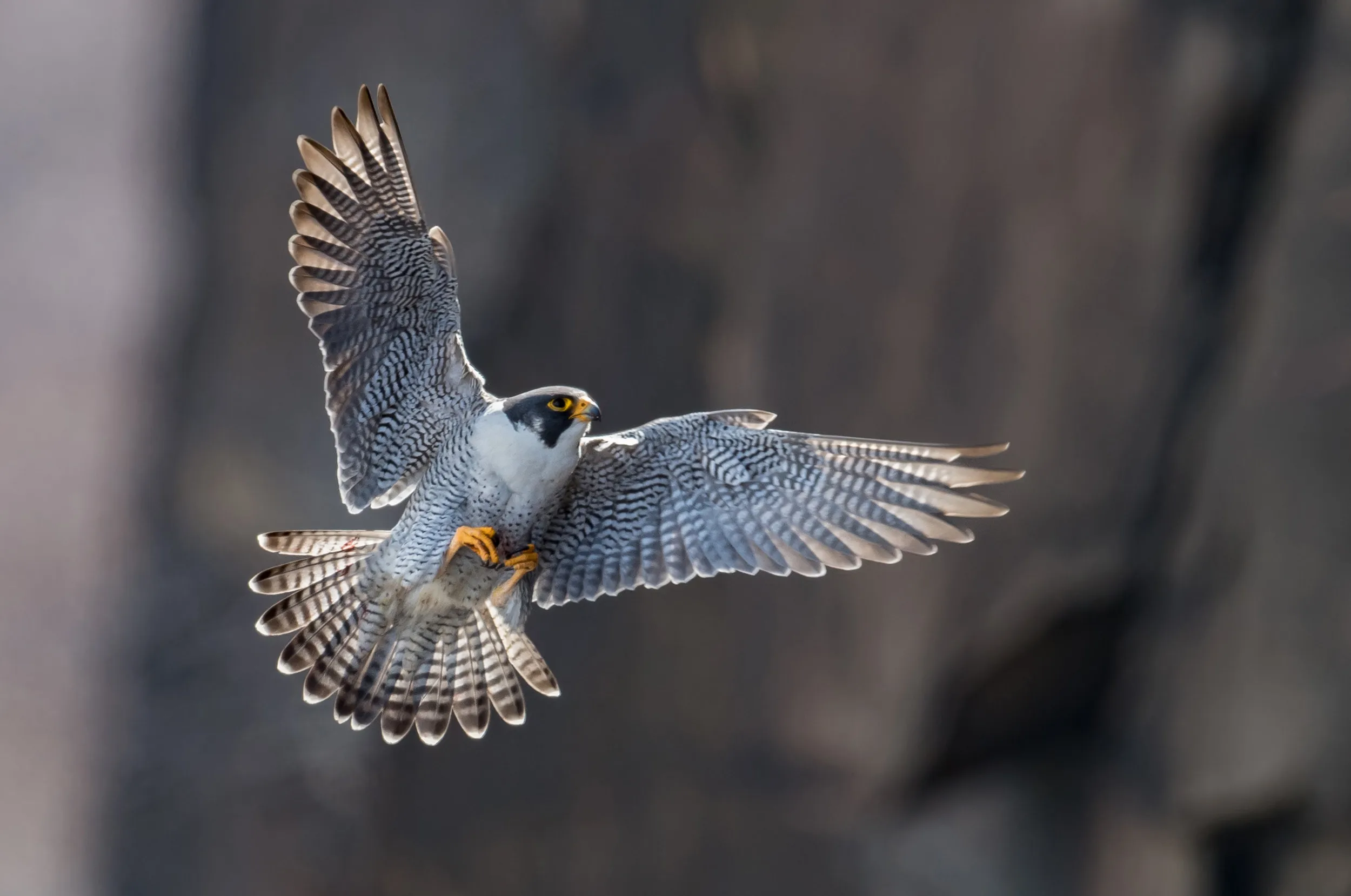
Birds of prey bring economic benefits through tourism
Birds of prey are enjoyed by hundreds of thousands of people each year across the UK with many local economies benefiting from the presence of these magnificent and enigmatic birds. Many birds of prey species have enabled communities to benefit directly, growing local economies and creating job opportunities.
An RSPB published in 2022 which looked at the impact of the presence of White-tailed Eagles on the Isle of Mull, showed that the species was a major contributor to an ever-growing base of tourism and economic activity on the island, accounting for up to £8 million worth of spending in the local area each year, supporting 98 to 160 jobs and creating £2.1- £3.5 million of local income.
Current threats to birds of prey
The main problem affecting birds of prey today is illegal killing and the disturbance of nests. Sadly, incidents of this kind happen regularly across many parts of the UK and affect most bird of prey species. To find out more visit the Raptor Persecution Map Hub which records confirmed cases of raptor persecution in the UK.
Poisoning, shooting and trapping continue to be the most common forms of illegal activity but destruction of nests, theft of eggs and chicks are also recorded. Sadly, few incidents lead to convictions due to the difficulties in securing evidence against those involved. If you notice a dead or injured bird of prey in suspicious circumstances, please visit ‘How to report crimes against wild birds’ page for more information.
Despite encouraging developments, like the creation of the National Wildlife Crime Unit, more enforcement action is needed to tackle illegal killing. Read our latest annual Birdcrime report for an insight into the issue of raptor persecution in the UK.
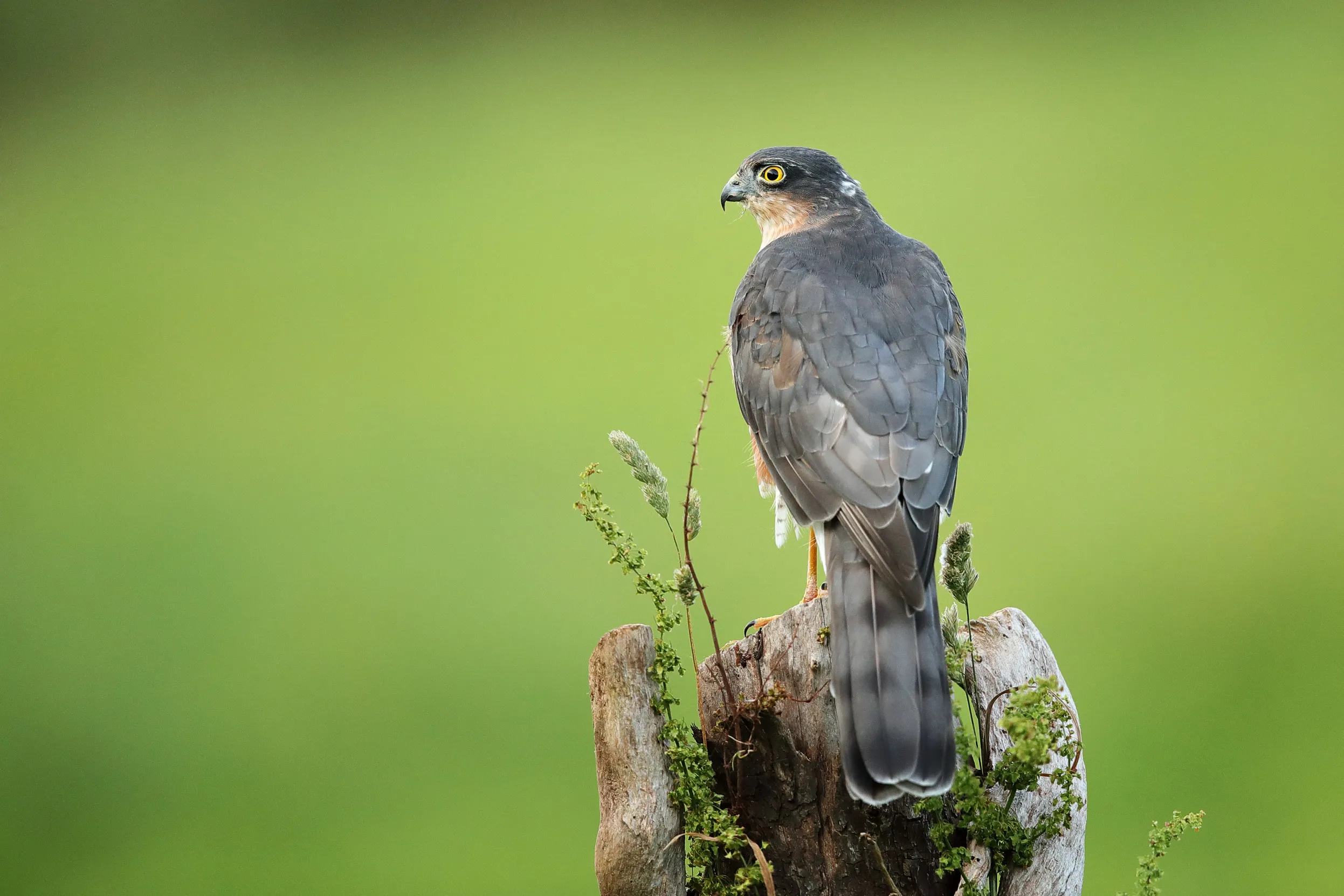
The history of bird of prey declines – a timeline
During the 1800s: Bird of prey destruction increased dramatically during the 19th Century when game shooting became more widespread. As numbers declined, birds of prey were increasingly sought-after by egg and skin collectors.
By the end of 1918: Five of our 15 breeding birds of prey (Goshawk, Marsh Harrier, Honey buzzard, White-tailed Eagle and Osprey) had been driven to extinction in the UK.
From 1940: Peregrines were killed on government orders to protect carrier pigeons during World War 2.
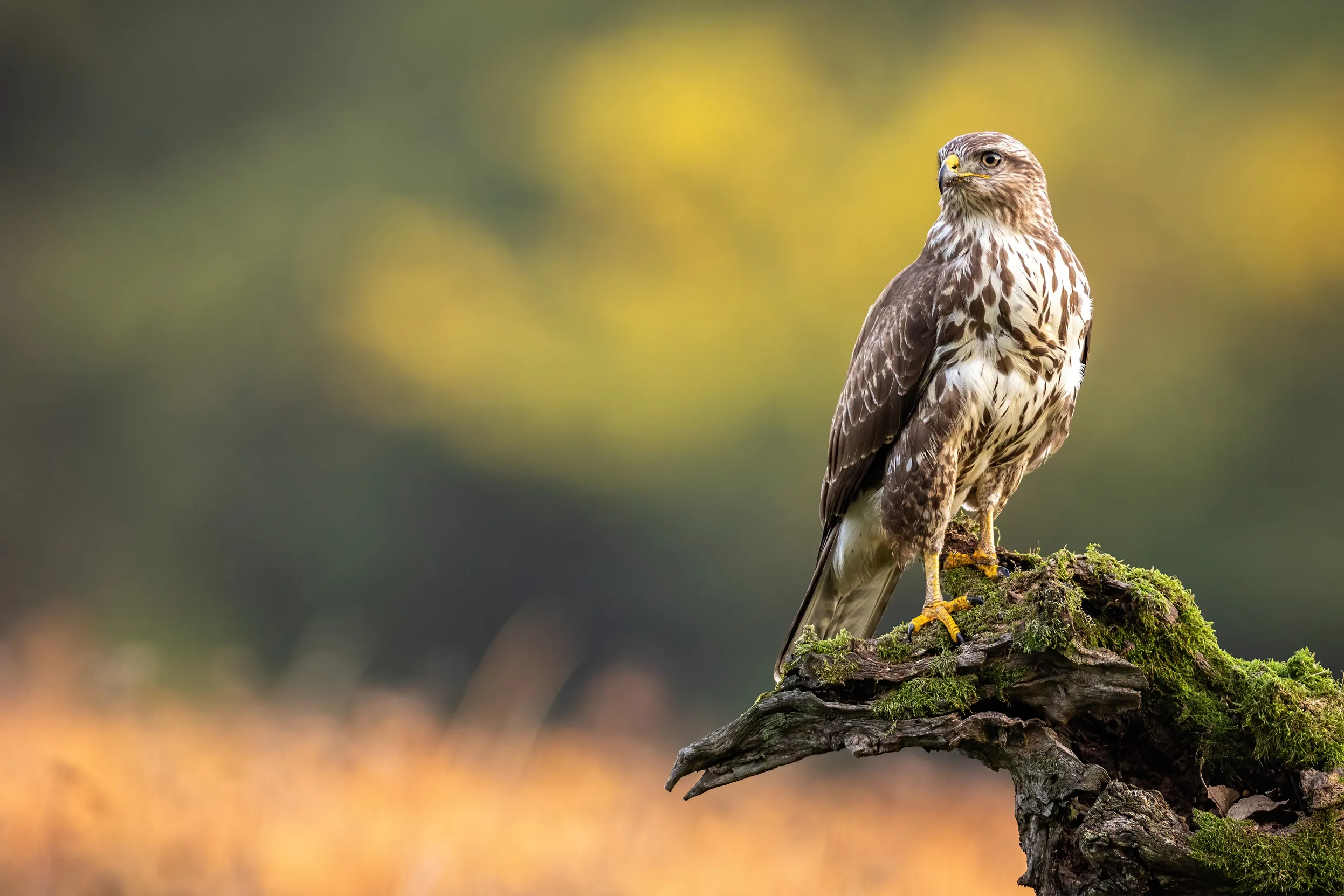
In 1955: Myxomatosis was introduced to control the Rabbit population, contributing to declines in Buzzards.
During the 1950s and 1960s: Organochlorine pesticides were widely used in farming. These pesticides build up in the food chain, accumulating in top predators such as birds of prey. Many birds were poisoned or impacted by eggshell thinning and increased chick mortality, resulting in widespread declines in many bird of prey species.
By the 1970s: Golden Eagle, Hobby, Hen Harrier, Red Kite and Montagu's Harrier all declined to fewer than 100 pairs.
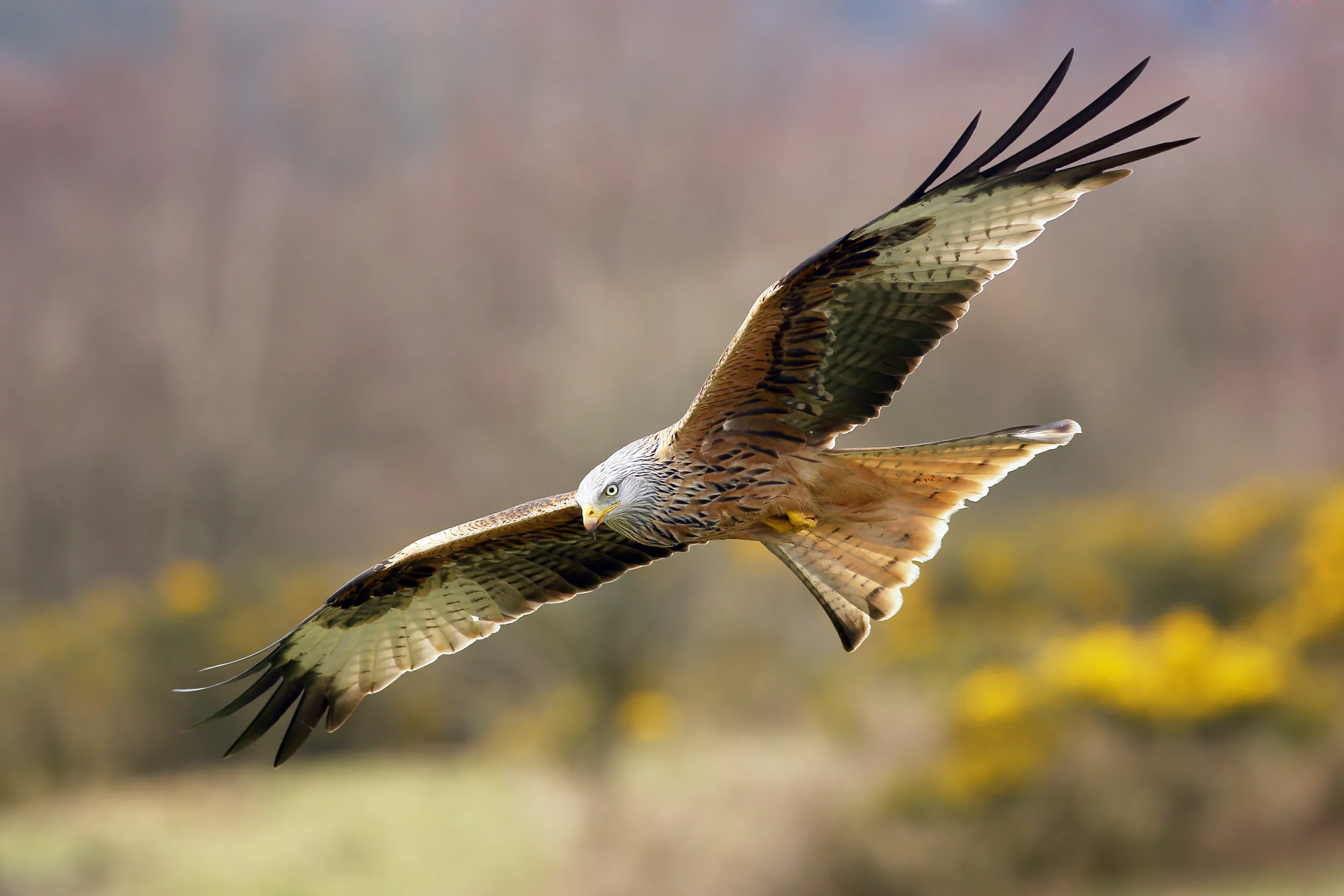
In the 1980s: A total ban of organochlorines came into place and the introduction of the Wildlife and Countryside Act 1981 meant that all birds, their nests, eggs and young became legally protected and introduced a higher level of protection for certain species with the introduction of Schedules. The first reintroduced White-tailed Eagle successfully bred in 1985 on the Isle of Mull. In 1989, the RSPB, Scottish Natural Heritage and Natural England started a programme of experimental reintroduction of Red Kites in Scotland and England.

In the 2000s: the Countryside and Rights of Way Act (2001) introduced custodial sentences for egg possession offences under the 1981 Act to deter unlawful egg collectors.
In the 2010s: some birds of prey showed increases in population and range across the UK, but persecution continued with raptors, including Golden Eagles and Hen Harriers being regularly shot, trapped and poisoned. White-tailed Eagles were re-introduced to the Isle of Wight in 2019 led by Forestry England and the Roy Dennis Wildlife Foundation. A pair successfully bred and reared a chick in England in 2023.

The road to recovery
Most UK bird of prey populations have recovered significantly over the past 100 years. This is largely thanks to:
- Legal protection, which was introduced in 1954 for most birds of prey, except the Sparrowhawk which gained legal protection in 1963.
- Landowners and conservationists protecting the nests of rarer species, including Ospreys, to prevent interference by egg collectors.
- Successful reintroduction projects for species including Red Kites and White-tailed Eagles.
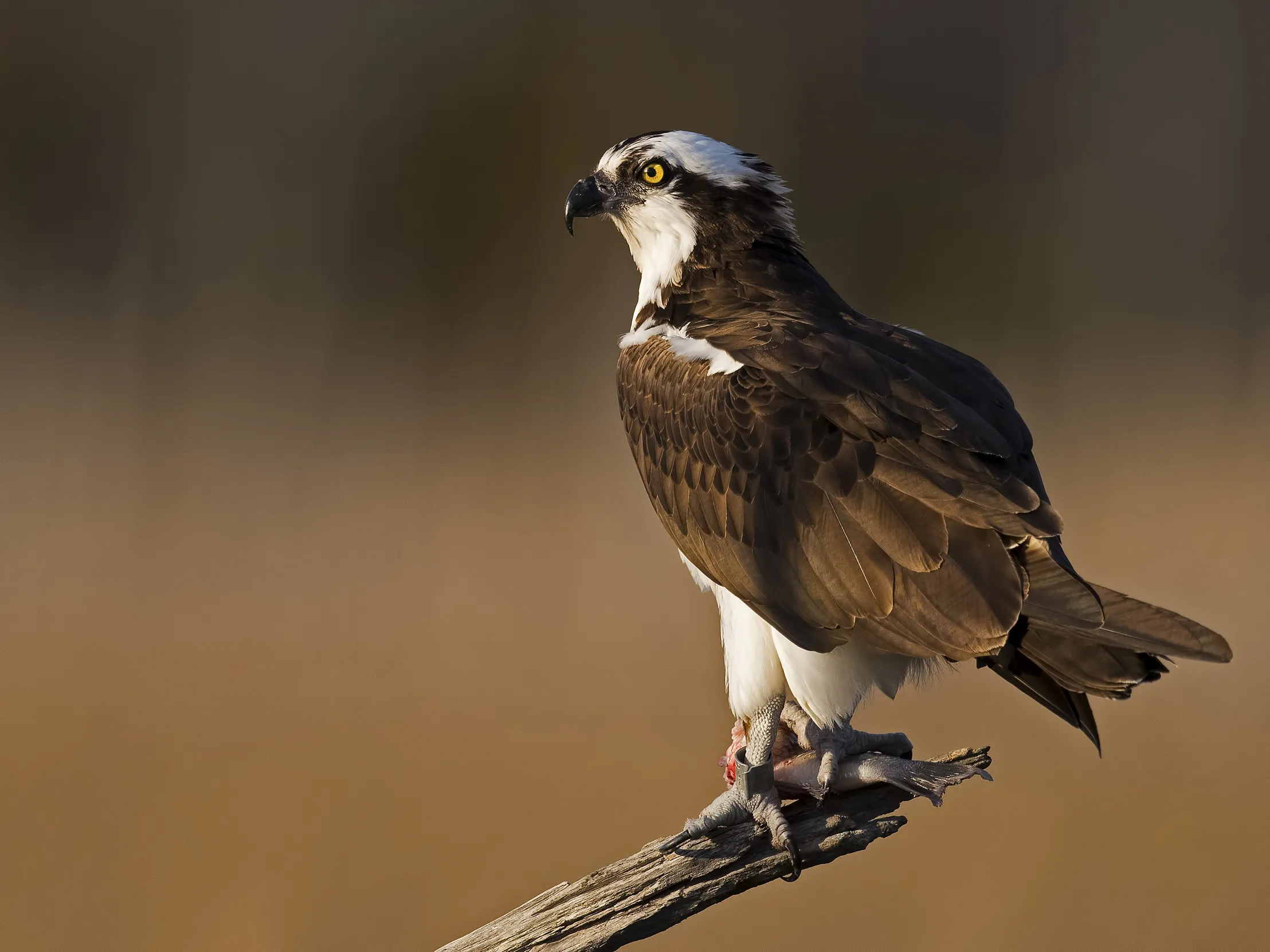
The next steps in raptor conservation
The illegal persecution of birds of prey across the UK continues to hamper significant conservation efforts and limits some birds of prey species in their recovery. The RSPB believes that without changes to the law these crimes will continue to be committed. The RPSB calls for:
- Introduction of licenses for grouse shooting across the UK to ensure estates meet legal standards
- Further regulation for pheasant and partridge shooting
- Appropriate sentencing to act as meaningful deterrents to those that carry out or are convicted for these wildlife crimes